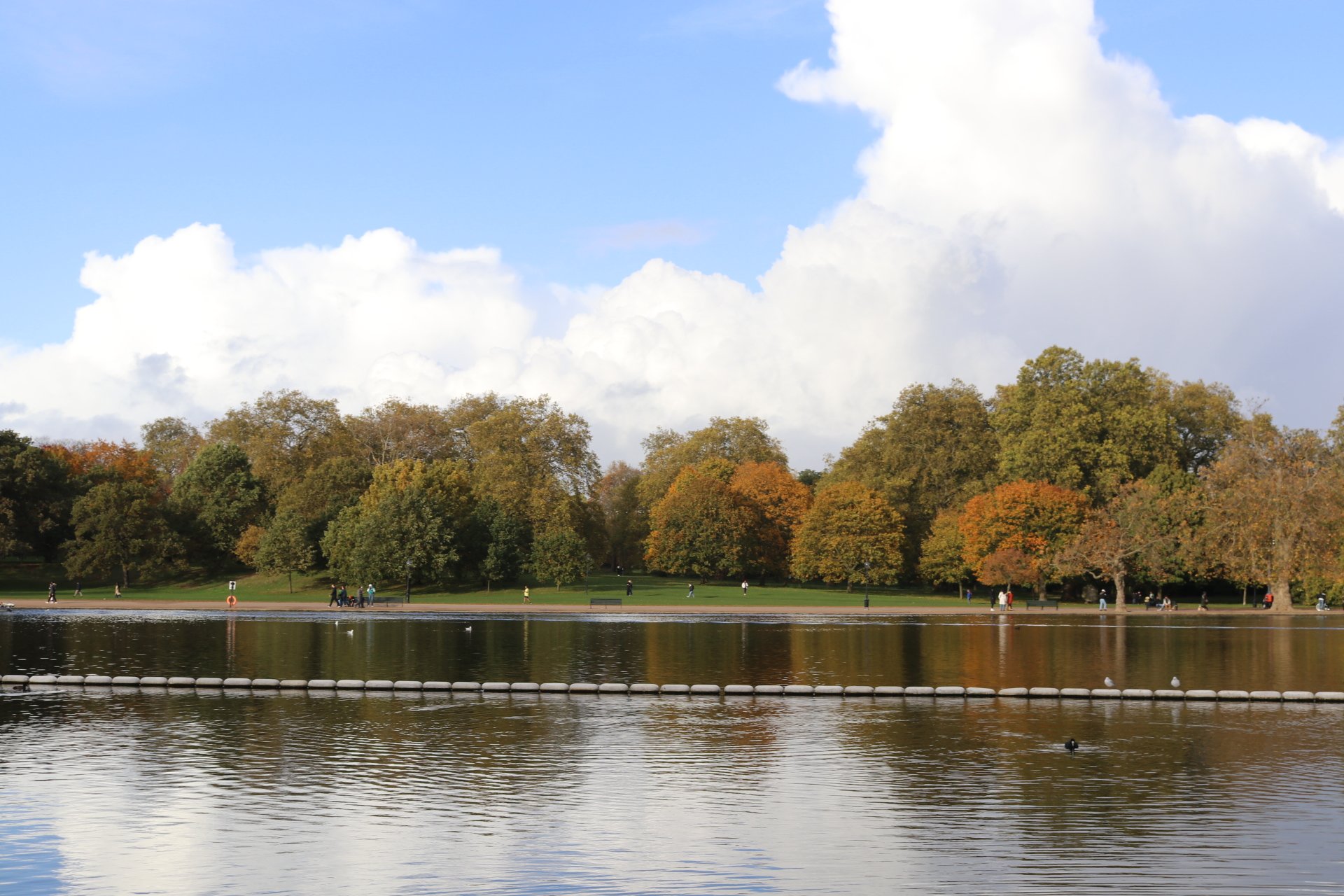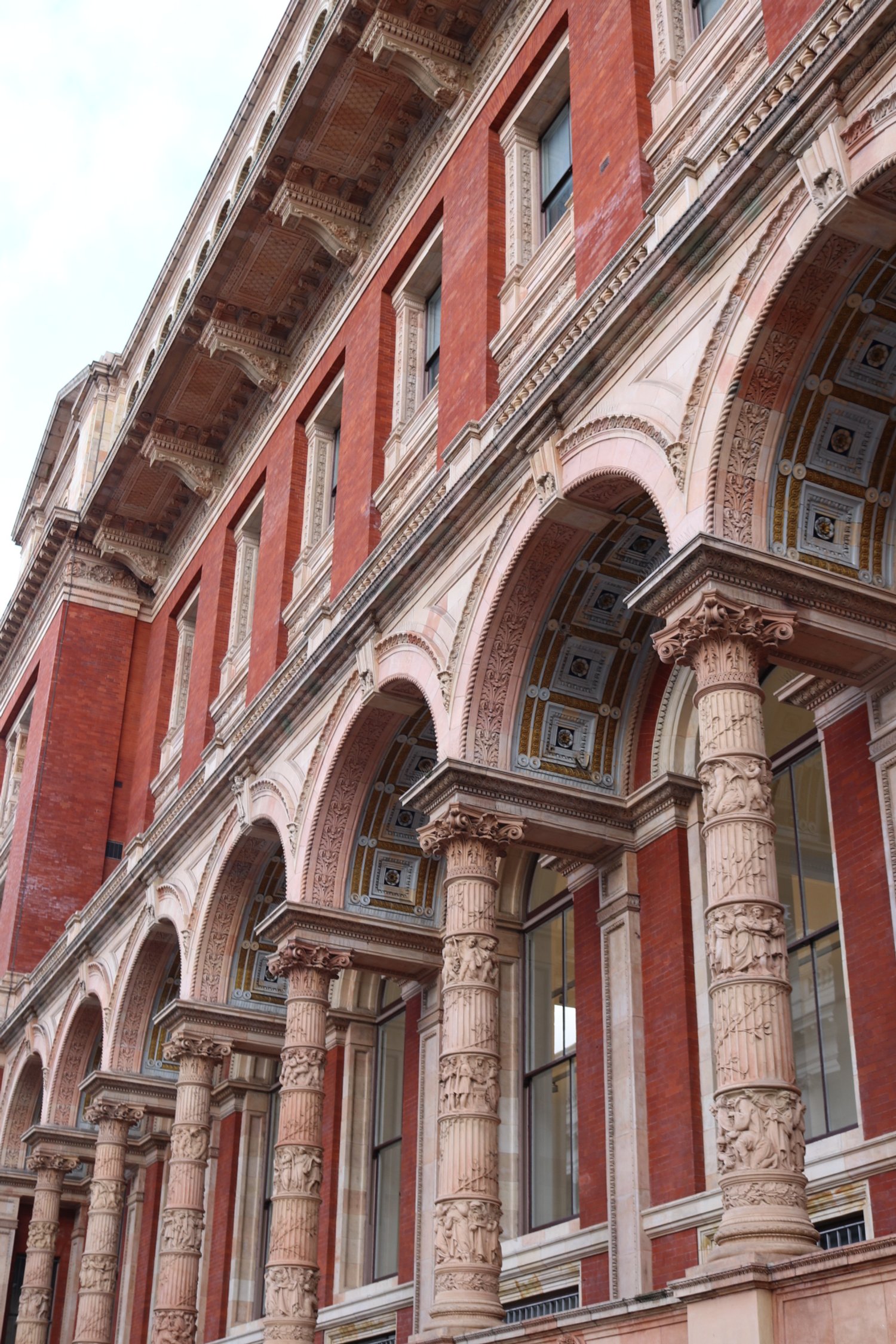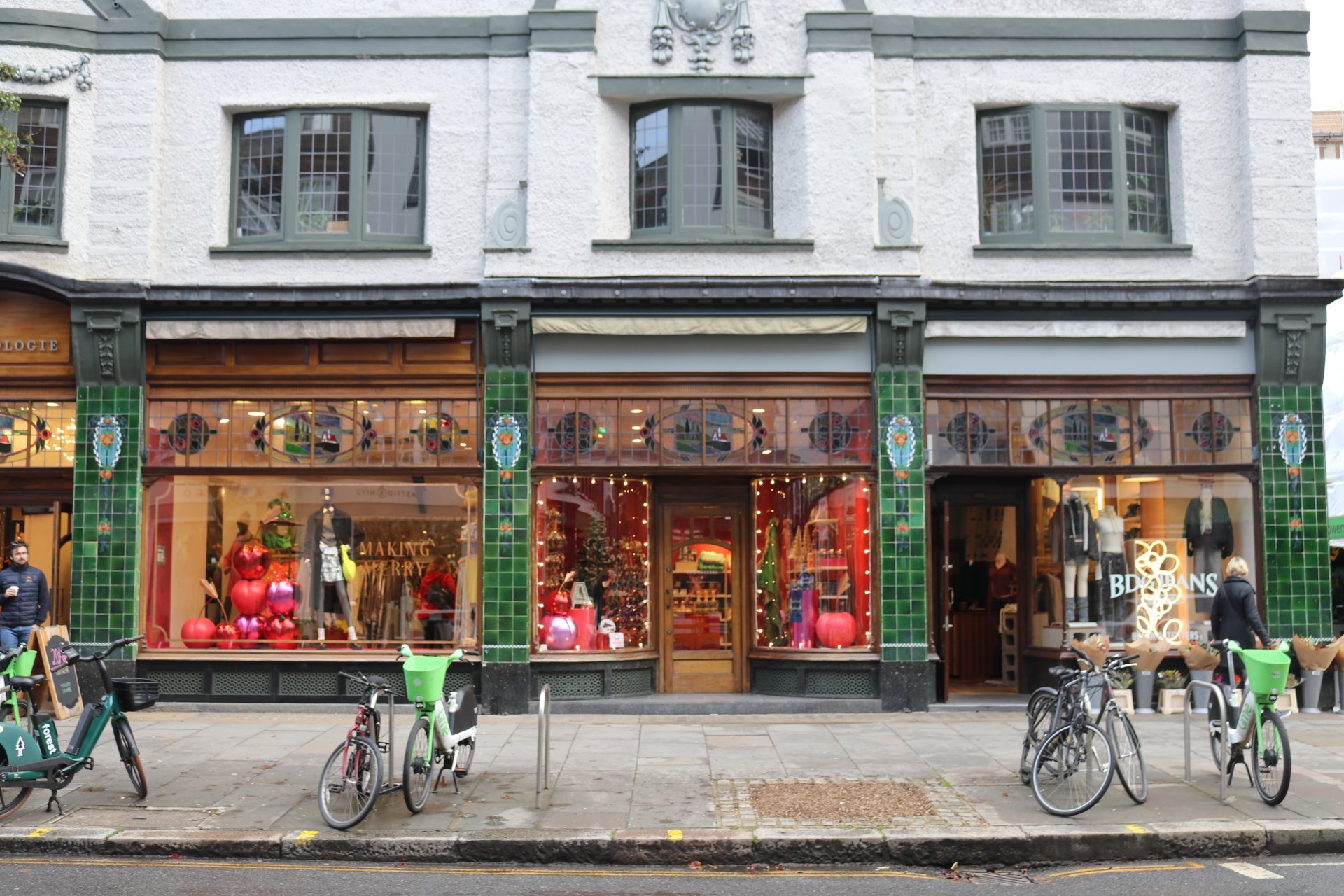A London Travel Guide

Red double-decker buses tower in the winding streets. The Thames River twists through the city, and iconic landmarks such as The Shard and Big Ben punctuate its skyline. Through centuries, London has grown into a thriving center for art, fashion, and music.
Museums
London is known for its rich culture and history, and nowhere is this more evident than its wealth of museums and galleries. The difficult part is deciding which ones to visit.
The Tate Modern is London's largest museum of contemporary art. Housed in a renovated power station by the Thames River, the museum is free to visit and has a permanent collection of over 70,000 pieces. Its most recognizable pieces include Andy Warhol’s Marilyn Diptych (1962), a famous visual representation of celebrity culture and mass production you will instantly recognize. Another example is Marcel Duchamp’s Fountain (1917). Take it as a piece of art, or what it literally is: a urinal turned on its back.
If contemporary art isn’t your cup of tea, consider visiting the Victoria and Albert Museum. Located next to Hyde Park, the V&A is most known for showcasing applied and decorative arts, such as ceramics, textiles, and sculpture. Its permanent collection contains close to 3 million pieces. The museum’s backstory is rooted in the Industrial Revolution—it opened at the Great Exhibition of 1851, the first-ever international fair to showcase manufactured products. Today, the museum contains multiple wings, each added in different years by various architects. It is currently showcasing a collection from the wildlife photographer of the year.
There are also many lesser-known gems worth exploring in London’s art scene. The White Cube is a leading art gallery that lends its name to its minimalist interior. Entry is free, and it has exhibited the work of buzzy modern artists. The Mason’s Yard location is currently exhibiting works by Yoko Matsumoto, a Japanese artist known for his “expressive and disciplined abstractions”. The pieces in the gallery are often large and statement-making, standing out against its simple interior.
Shopping
Aside from brand names and well-known chains, you’ll find a few shopping gems unique to London. Liberty London is a department store on Regent Street known for its eclectic mix of fashion, beauty, and home goods from various upscale brands. Dating back to 1875, the store retains its original Tudor-style exterior and ornate wood-paneled interiors to this day. Liberty is also famous for its iconic flower prints, which are used on a wide range of products, from fabrics to ceramics.
Print Club is a screenprinting studio and gallery in the Hackney neighborhood. If you’re feeling creative, you can take a screenprinting workshop there. Otherwise, you can pick up a few original prints designed by its many resident artists. Print Club is a lively embodiment of East London’s casual, creative energy.
Brick Lane
Speaking of East London, Brick Lane is a funky street in the neighborhood known for its colorful street art and vintage stores. The walls of its buildings are covered in murals and graffiti, including famous pieces like The Crane by ROA and The Kiss by Banksy. Drop by on a weekend, and you’ll find that Brick Lane transforms into a bustling market. Stalls selling everything from food to handmade crafts line the roads. You can rifle through racks of storied vintage clothing, or follow your nose and head to Beigel Bake, a renowned bagel shop with a rich history.
Food
Despite the stereotype that Londoners only eat fish and chips, the city boasts some of the best cuisines from around the world. Dishoom, an Indian restaurant inspired by the Irani cafés of Bombay, has become a beloved institution in London. Outfitted with colorful tiles, vintage furniture, and Bollywood posters, the interior offers an immersive escape from the hustle and bustle outside. Dishoom’s menu features creative takes on classic Indian dishes. Their signature House Black Daal, consisting of long-cooked lentils in rich spices, is perfect with a side of steaming roti. Alternatively, order the biryani: perfectly marinated chicken sits atop a bed of aromatic rice with sweet cranberries interspersed throughout. Dishoom embodies the cultural diversity of London, whose inhabitants bring an eclectic heritage to the city.
If you have a sweet tooth, Buns from Home is guaranteed to satisfy it. This iconic bakery started as a pandemic pastime for founder Barney Goff, who put his corporate career on pause and began baking cinnamon buns in his mother’s kitchen. With Goff’s experience working at a French patisserie when he was younger, his creations became an instant hit. Now, Buns from Home boasts 12 locations across London, where the tantalizing scent of cinnamon and sugar tempts passersby in the street.
Primrose Hill
Primrose Hill is a charming neighborhood located just a short stroll from Camden Town. With its quaint pastel townhouses and vast, grassy park, Primrose Hill is the perfect way to escape the city center for some people-watching or a leisurely walk. Contrary to popular belief, London is often sunny, and the Hill is the perfect location for a scenic picnic. Bring your own picnic blanket and pick up some snacks and drinks at one of the neighborhood delis nearby.
Atop the hill, an elevated panorama of the city awaits you, with landmarks like The Shard glittering in the light. You’ll share the park with families, students, and tourists from all over the world, admiring the grand skyline in the distance. This is what it means to be in London—to coexist with people from all over the world, each bringing their unique heritage to the rich culture and lively energy of the city.





